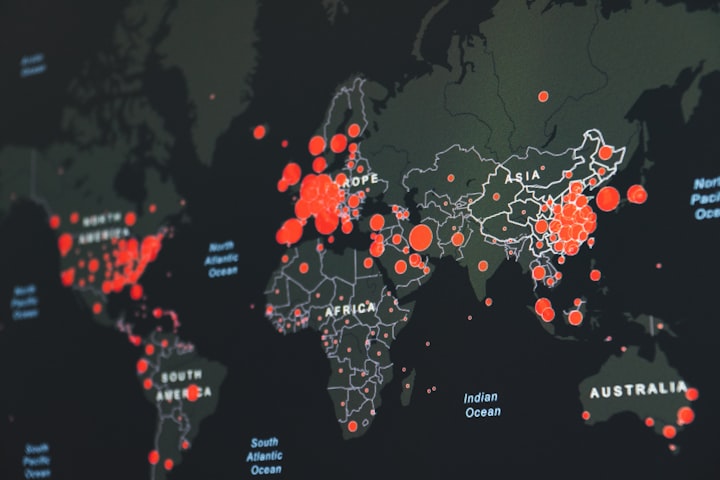Comparing and Contrasting Covid-19 Responses: East Asia vs. United States
Analyzing Strategies and Comparing Responses

The Covid-19 global pandemic presented unprecedented challenges to countries worldwide, prompting all governments to implement a variety of strategies to contain the virus and protect public health. It was a national and international health issue that was of highest priority.
Two specific regions that garnered significant attention for their contrasting approaches to tackling Covid-19 are East Asia, particularly countries like Taiwan, South Korea, and Japan, and the United States. By comparing and contrasting their responses, we can analyze which countries fared the best in fighting the virus.
East Asia:
1. Early and Proactive Measures:
East Asian countries, particularly Taiwan, South Korea, and Japan, implemented early and proactive measures to contain the spread of Covid-19. They swiftly enforced travel restrictions, implemented widespread testing, and implemented strict quarantine and isolation protocols for infected individuals and close contacts. Many citizens have expressed that they felt safe and trusted the Taiwan government’s tactful response.
2. Robust Testing and Contact Tracing:
Countries like South Korea and Taiwan implemented extensive testing and contact tracing strategies, leveraging technology and data-driven approaches to identify and isolate cases promptly. This helped prevent widespread transmission and mitigate the impact of the virus on public health.
3. Public Cooperation and Compliance:
East Asian countries benefited from high levels of public cooperation and compliance with government guidelines and recommendations. Citizens adhered to mask-wearing, social distancing, and hygiene practices, contributing to the overall success of containment efforts.
United States:
1. Fragmented and Delayed Response:
The United States faced challenges with a fragmented and delayed response to the pandemic, characterized by inconsistent messaging, political polarization, and a lack of coordinated federal leadership. This hindered efforts to implement cohesive strategies and led to confusion among the public.
2. Testing and Contact Tracing Shortfalls:
The United States struggled with shortages of testing kits, delays in testing results, and limited contact tracing capabilities, which hampered efforts to identify and isolate cases effectively. Inadequate testing infrastructure and logistical challenges exacerbated the spread of the virus.
3. Variability in State Responses:
The United States experienced significant variability in responses at the state level, with some states implementing strict lockdown measures and others adopting more relaxed approaches. This lack of uniformity contributed to disparities in containment outcomes and hindered efforts to curb transmission.
Analysis:
When analyzing which countries did the best in fighting the virus, it becomes evident that East Asian countries, particularly Taiwan, South Korea, and Japan, demonstrated greater success in containing Covid-19 compared to the United States. Their early and proactive measures, robust testing and contact tracing capabilities, and high levels of public cooperation contributed to more effective containment of the virus and lower infection rates.
On the other hand, the United States faced challenges with a fragmented response, inadequate testing infrastructure, and political divisions that hindered its ability to control the spread of Covid-19. Variability in state responses and delays in implementing containment measures further exacerbated the situation, leading to higher infection rates and a greater toll on public health and healthcare systems.
Ultimately, while East Asian countries like Taiwan, South Korea, and Japan emerged as success models in fighting Covid-19 through proactive measures and effective containment strategies, the United States grappled with challenges stemming from a fragmented response and inadequate testing infrastructure. It’s interesting to compare and analyze how different countries mobilize their entire nation to tackle against this global pandemic. By learning from the various successes and shortcomings of different approaches, countries can better prepare for future health crises and implement more cohesive and coordinated responses to protect public health and safety. COVID-19 was not a crisis wasted, it has been a significant learning experience for all of our global nations.
About the Creator
East Asian Headlines
Welcome to East Asian Headlines. Join us as we dive deep into the intricate web of East Asian relations. We provide insightful analysis to illuminate the ever-evolving landscape of East Asian affairs (language, culture, politics, and more).






Comments
There are no comments for this story
Be the first to respond and start the conversation.